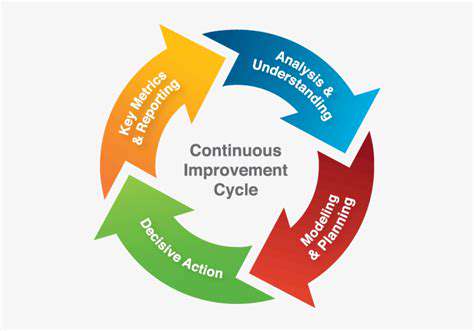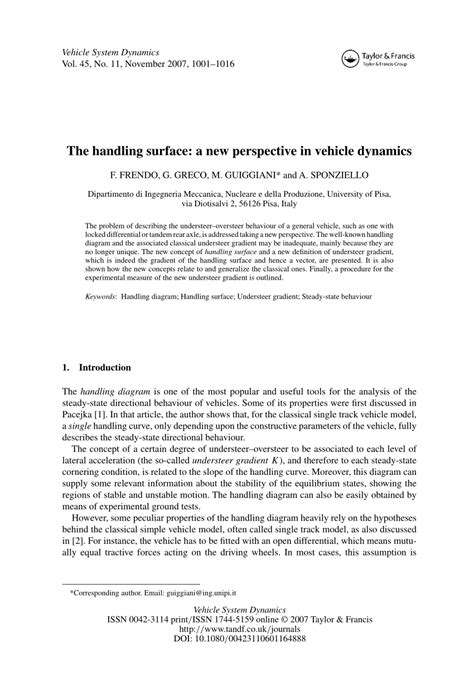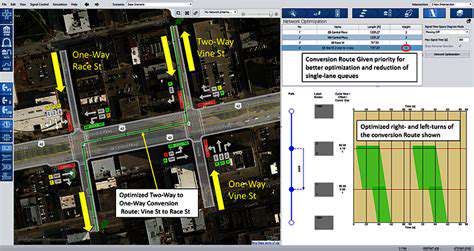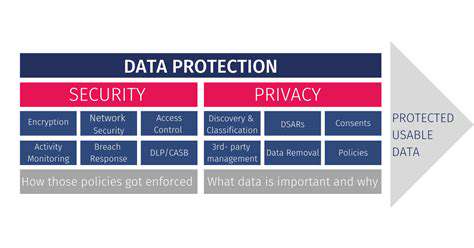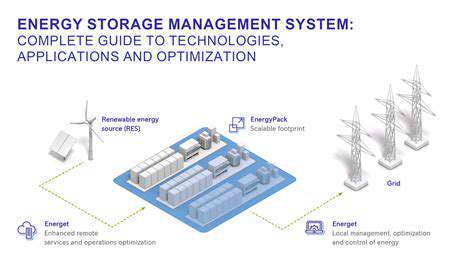Measuring and Reporting Progress: The Importance of Metrics
Defining Key Performance Indicators (KPIs)
Selecting appropriate KPIs is crucial for measuring progress in green logistics. These metrics should directly reflect the environmental impact reduction goals of the initiative. For example, a KPI might track the reduction in carbon emissions per delivery, the percentage of reusable packaging utilized, or the decrease in fuel consumption per unit transported. Clearly defining these KPIs from the outset ensures that progress is measured against meaningful targets and allows for accurate reporting.
A robust KPI framework should incorporate several perspectives, encompassing fuel efficiency, emissions reduction, waste minimization, and resource utilization. This holistic approach provides a comprehensive understanding of the green logistics program's effectiveness across the entire supply chain.
Tracking Fuel Efficiency and Emissions
Monitoring fuel consumption and associated greenhouse gas emissions is fundamental to evaluating the environmental impact of transportation. Implementing telematics systems and utilizing advanced analytics to track vehicle performance metrics like speed, acceleration, and idling time can reveal opportunities for optimization. This data analysis will help identify inefficiencies in logistics operations, which in turn can lead to tangible improvements.
Accurate tracking of fuel consumption and emissions requires careful data collection and analysis. Employing advanced technologies such as GPS tracking and emission monitoring devices can provide valuable insights into the environmental footprint of each delivery. This data is essential for identifying areas where improvements can be made and for demonstrating the effectiveness of green logistics initiatives.
Analyzing Packaging and Waste Reduction
Optimizing packaging materials and minimizing waste are vital components of green logistics. Evaluating the environmental impact of packaging choices, including material sourcing, manufacturing processes, and end-of-life disposal, is essential. Implementing strategies to reduce packaging volume and weight through innovative design and material selection can significantly contribute to lowering the environmental footprint.
Tracking the amount of waste generated at each stage of the supply chain is critical. By analyzing waste streams, companies can identify areas for improvement in packaging design, material selection, and waste management practices. This data-driven approach will lead to more sustainable and environmentally responsible packaging solutions.
Evaluating Transportation Mode Choices
A critical aspect of green logistics is the careful evaluation of transportation modes. Assessing the environmental impact of different modes, such as rail, sea, air, and road, is essential for making informed decisions about which modes to prioritize for different shipments. Prioritizing more sustainable modes, such as rail or sea transport for long-distance hauls, will contribute to lower overall emissions. Furthermore, exploring alternative transportation methods like electric vehicles or autonomous vehicles will further reduce the environmental impact.
Measuring and Reporting on Resource Utilization
Efficient resource utilization, including water and energy, is crucial for sustainable logistics operations. Tracking resource consumption across the entire supply chain will assist in identifying areas for improvement and implementing conservation measures. This involves evaluating water usage in cleaning and processing operations and energy consumption in warehouses and transportation. Measuring and reporting on these resources is crucial for demonstrating the sustainability of the green logistics initiative.
Monitoring Customer Engagement and Feedback
Collecting customer feedback and fostering engagement are crucial for the success of green logistics initiatives. Understanding customer preferences and expectations regarding sustainable practices is essential for tailoring logistics strategies. Employing surveys, feedback forms, and social media monitoring allows companies to gauge customer satisfaction with green initiatives and adapt their approach based on their responses. Continuous monitoring of customer engagement and feedback will ensure the long-term effectiveness and relevance of the initiatives.


